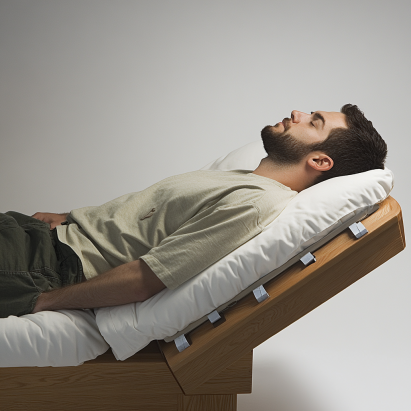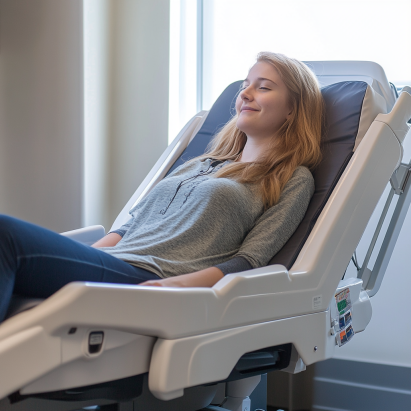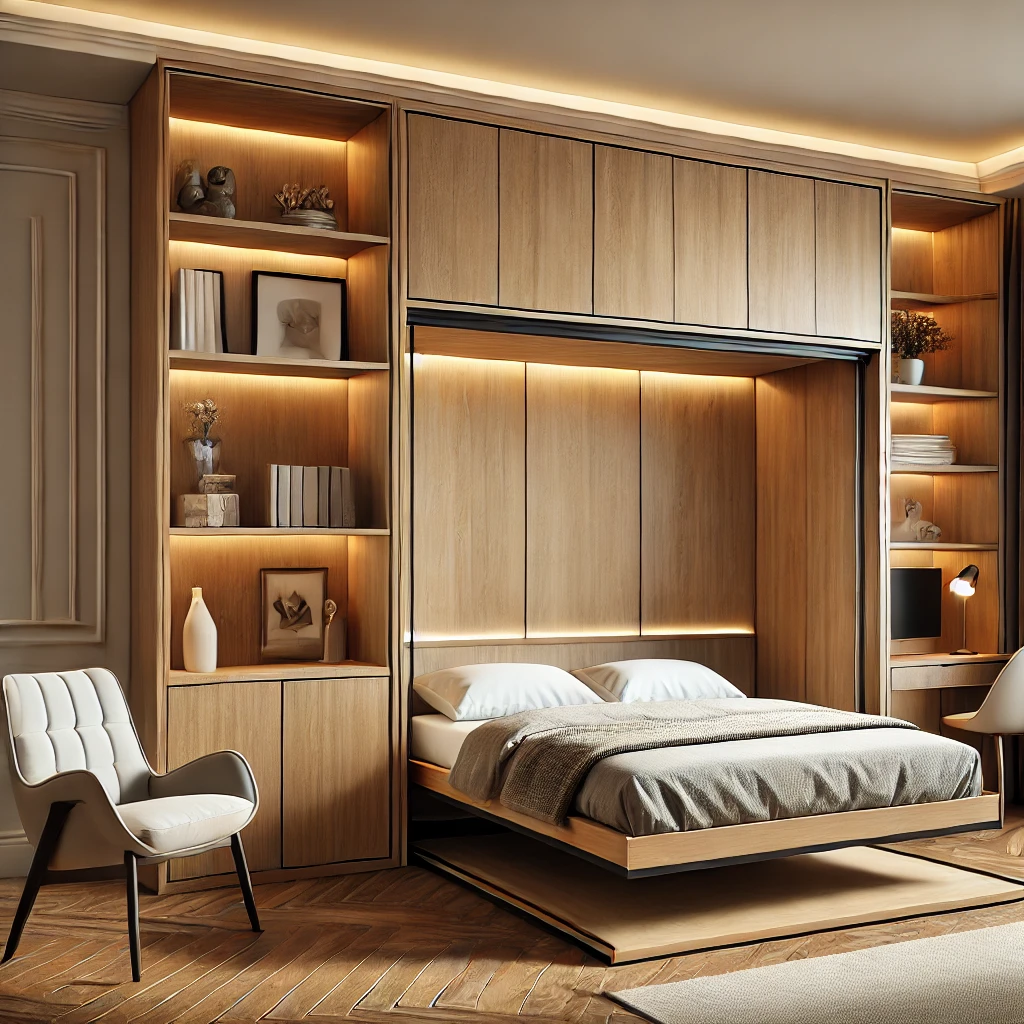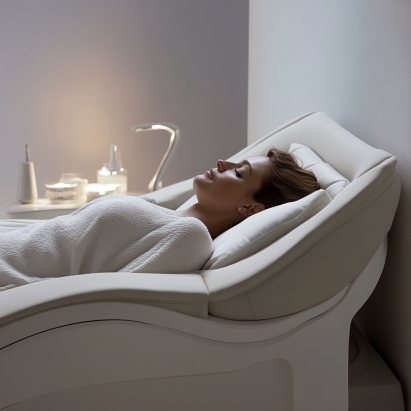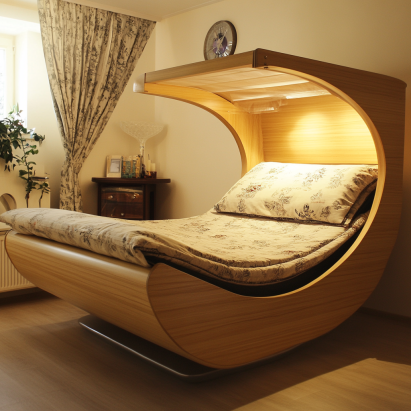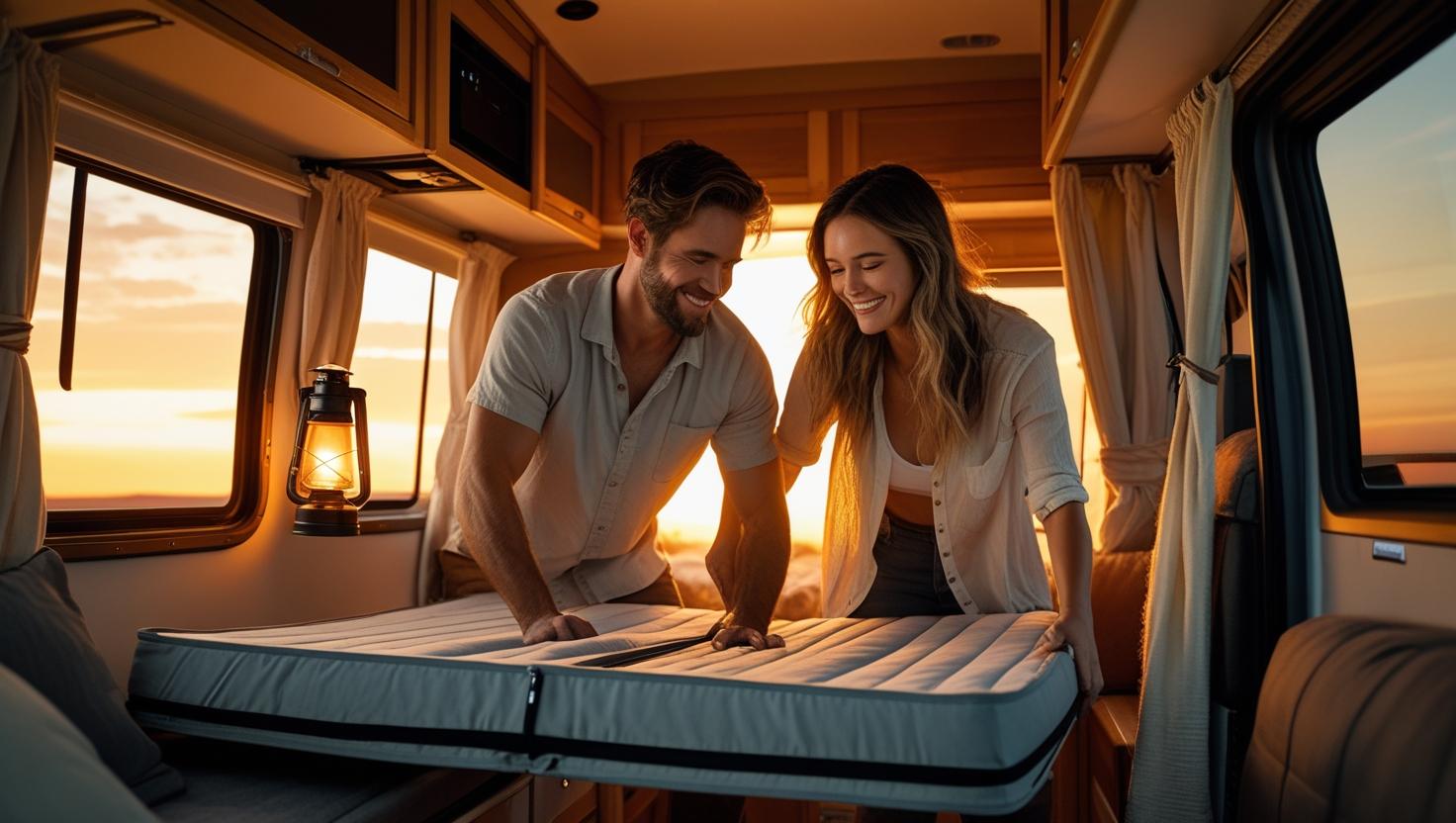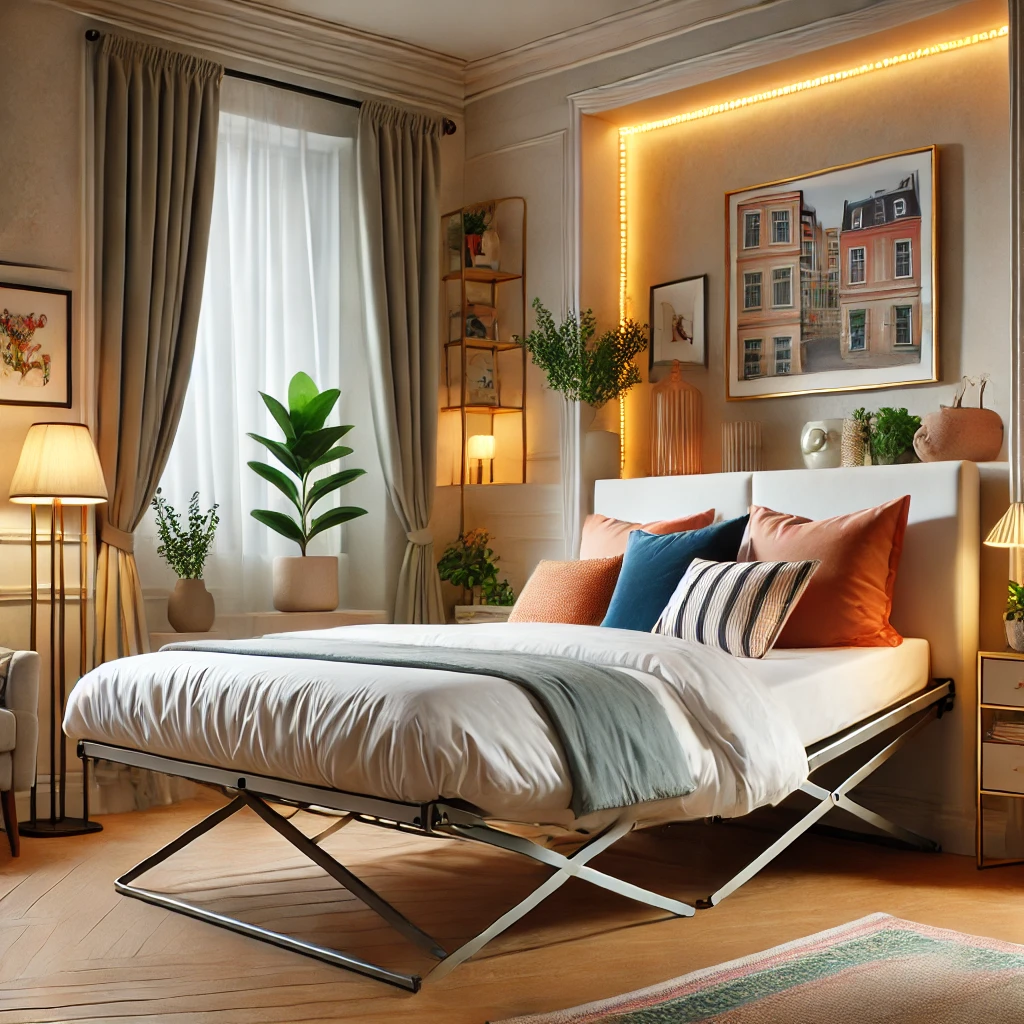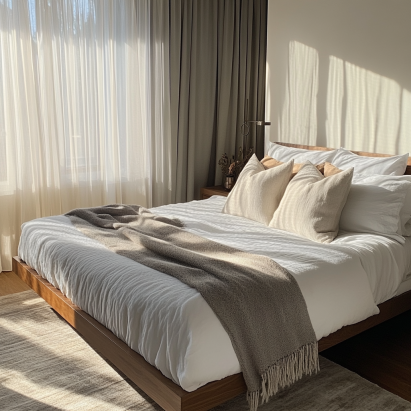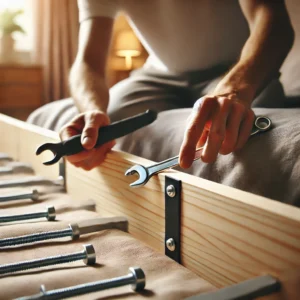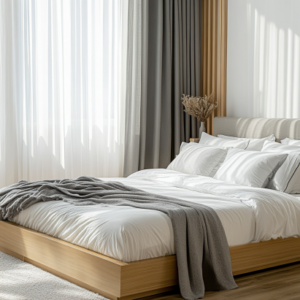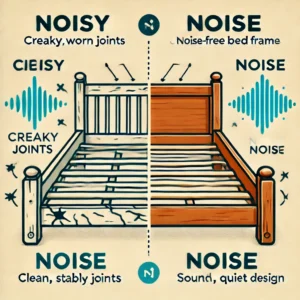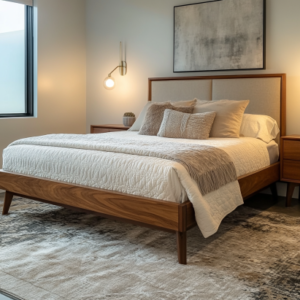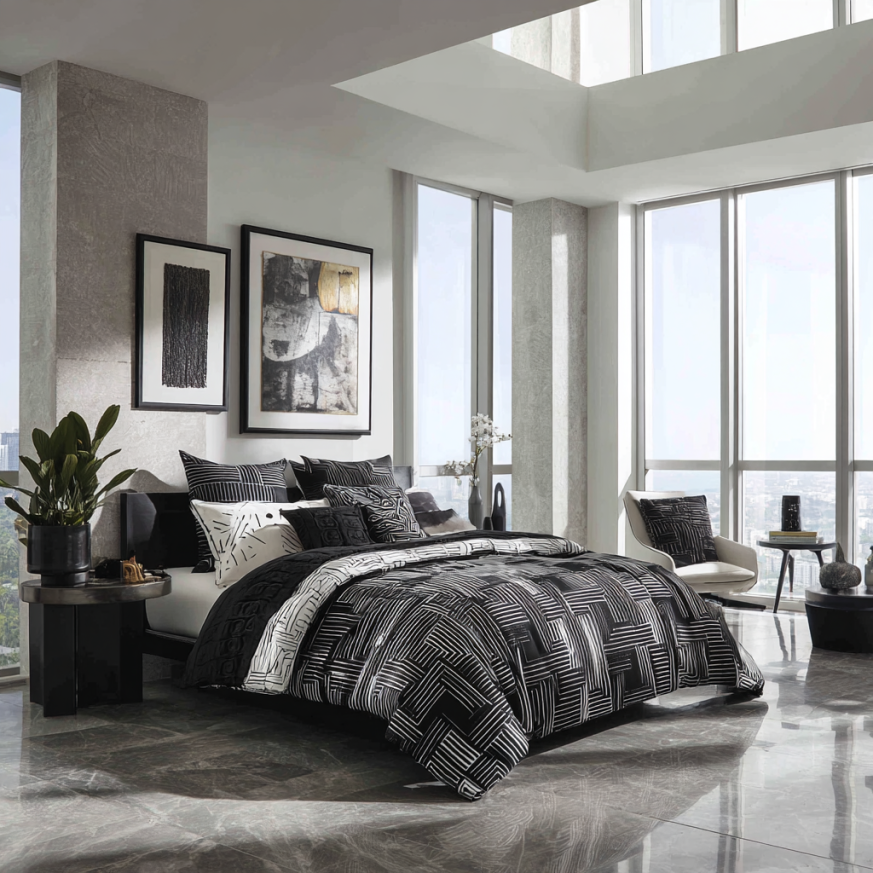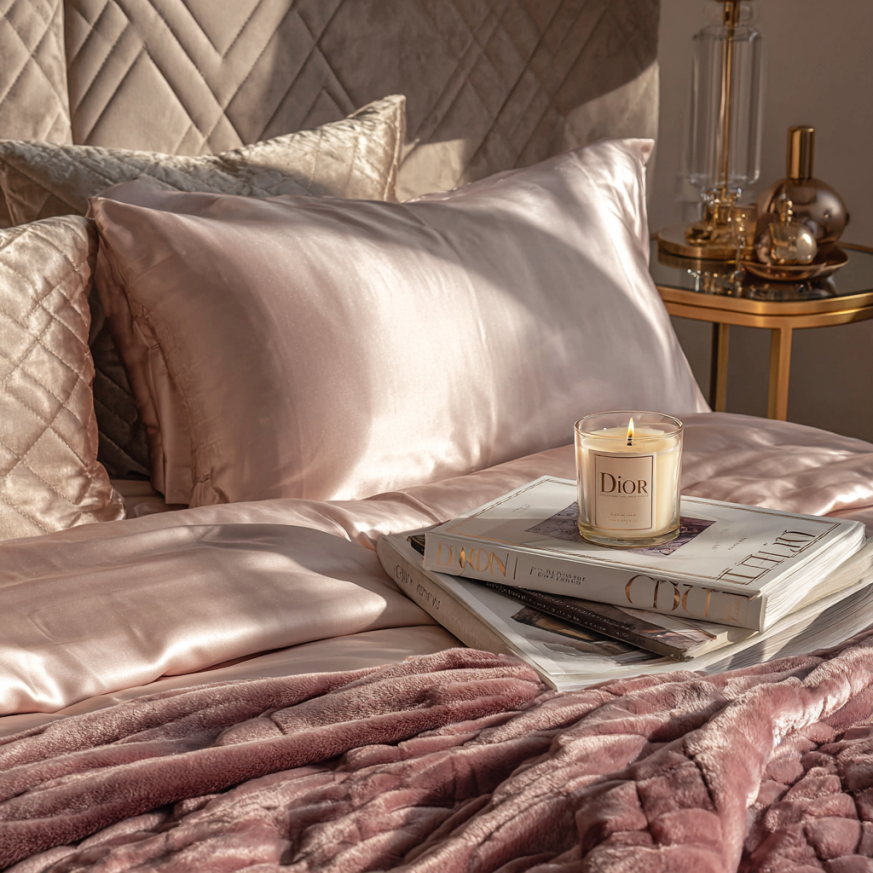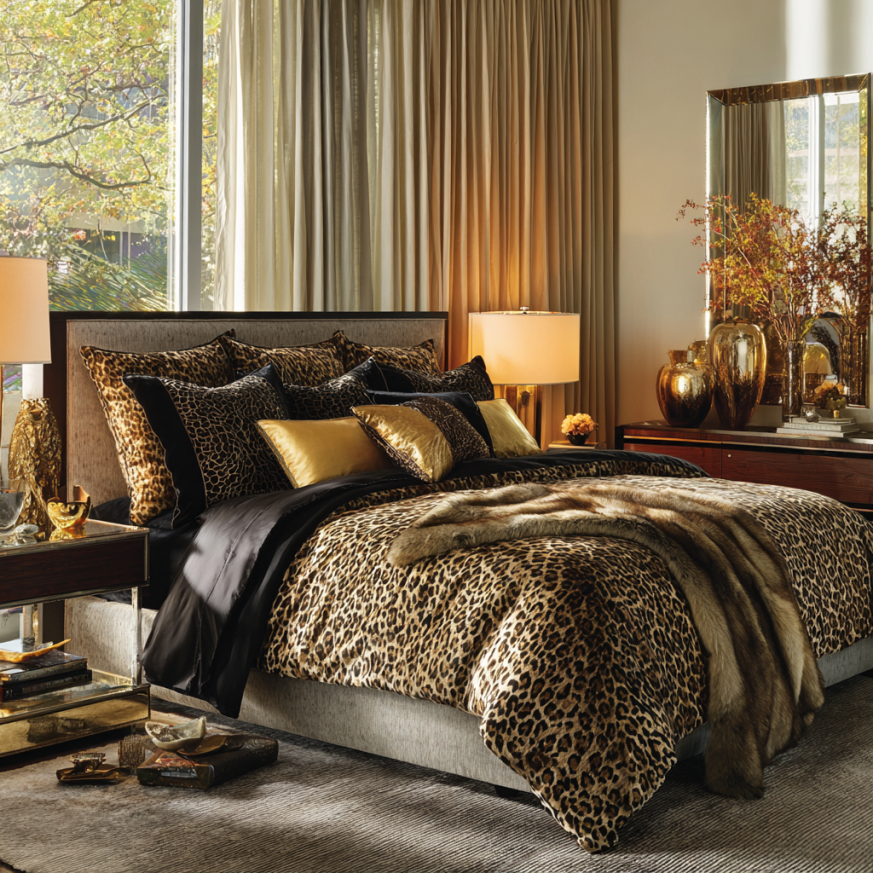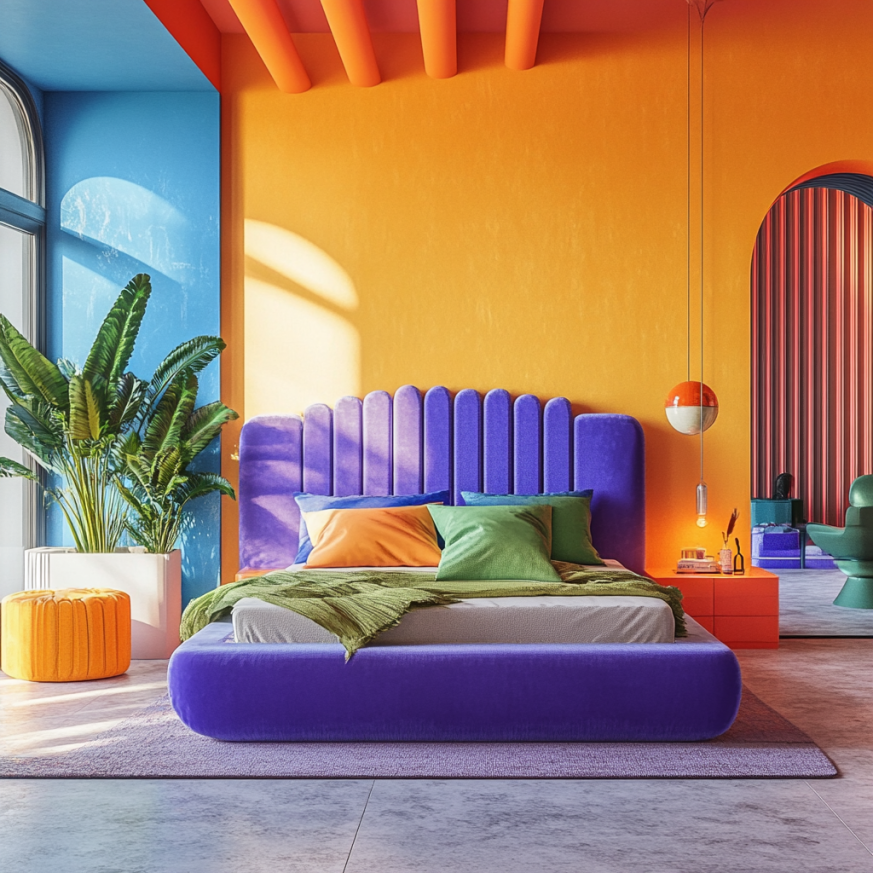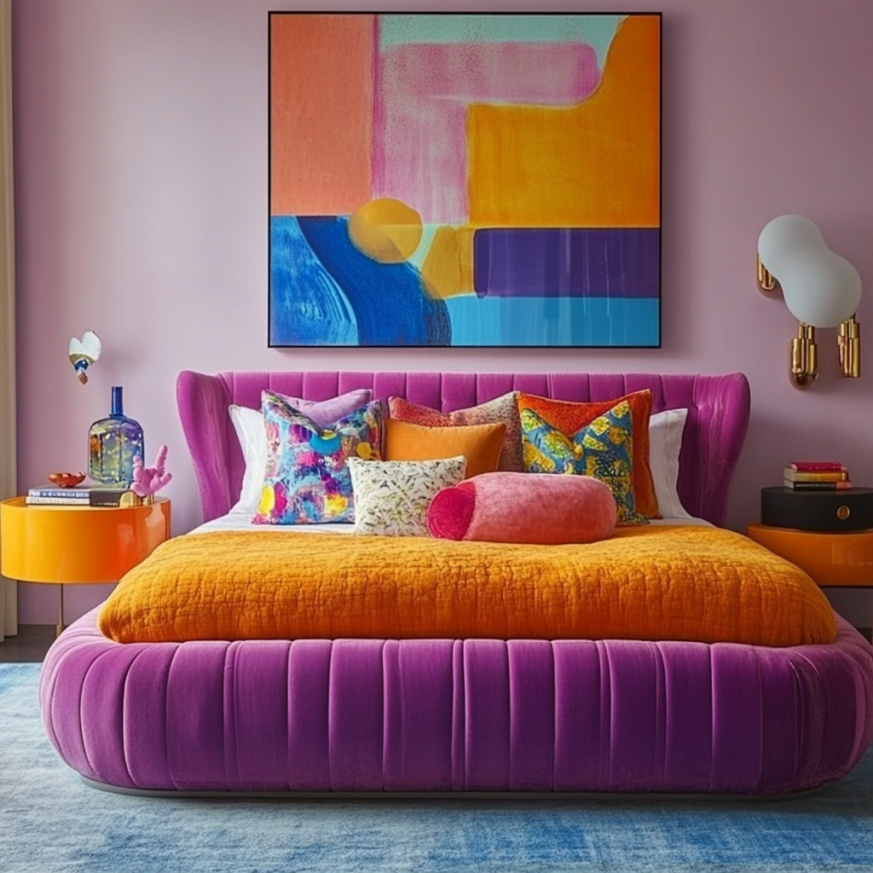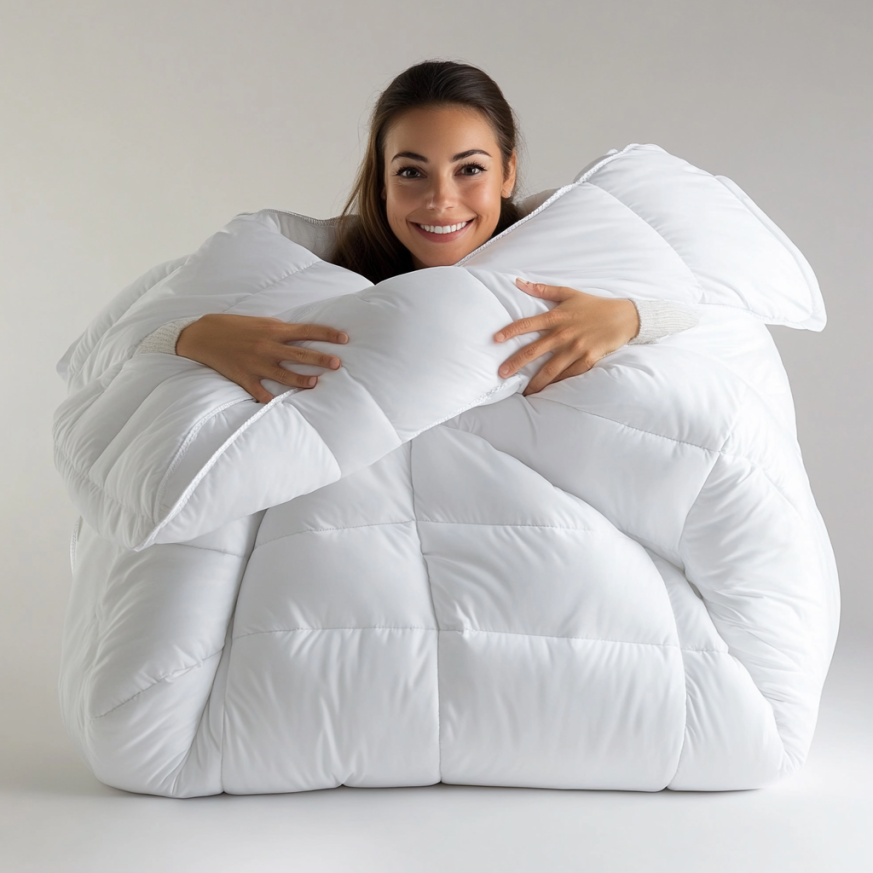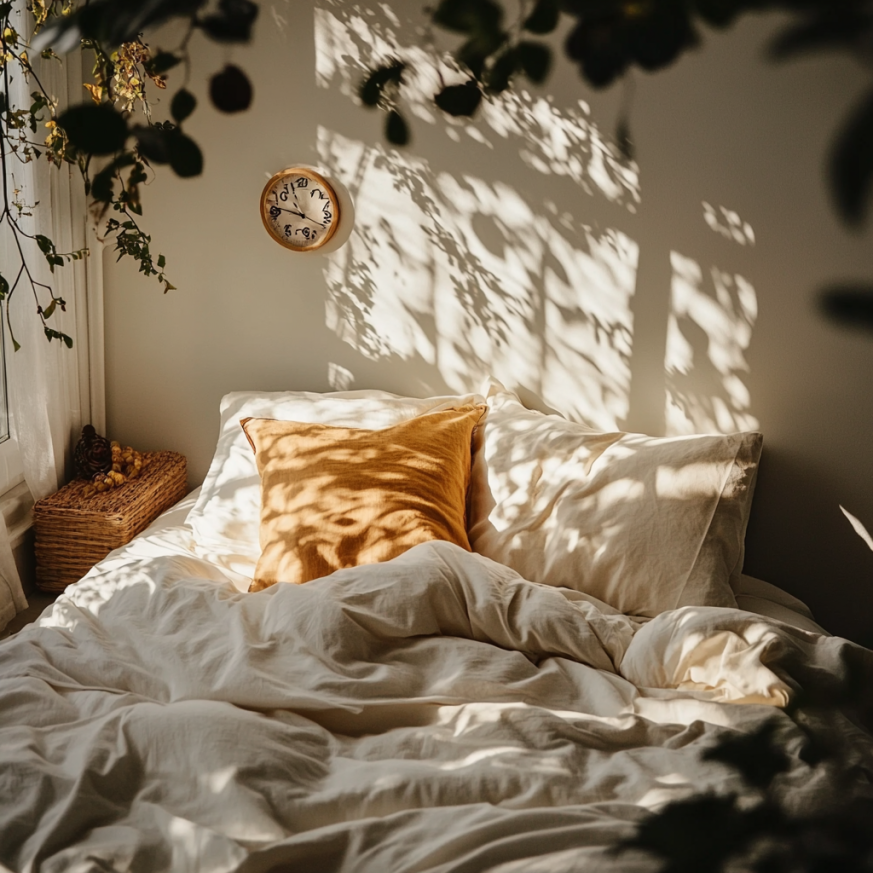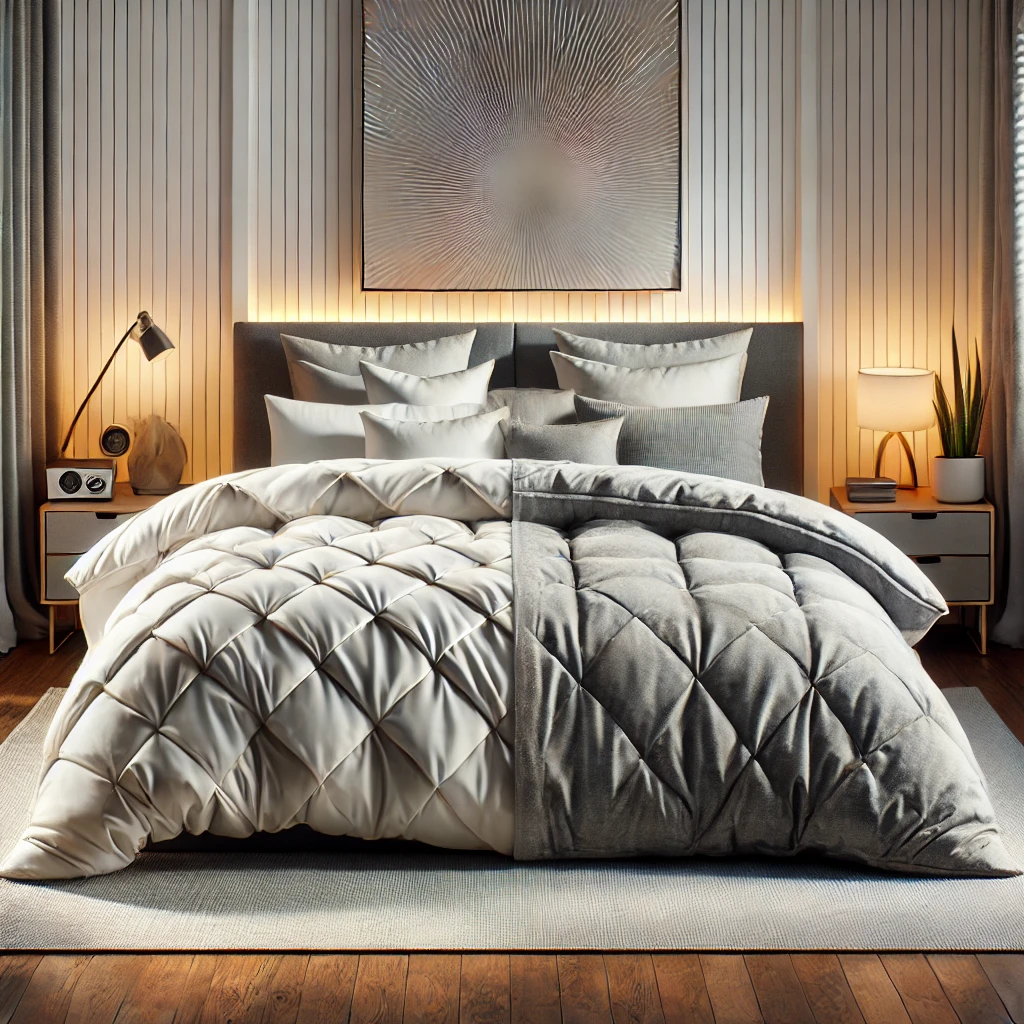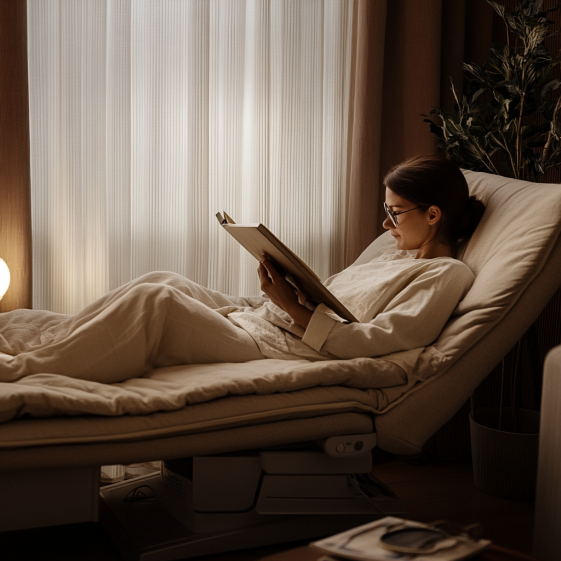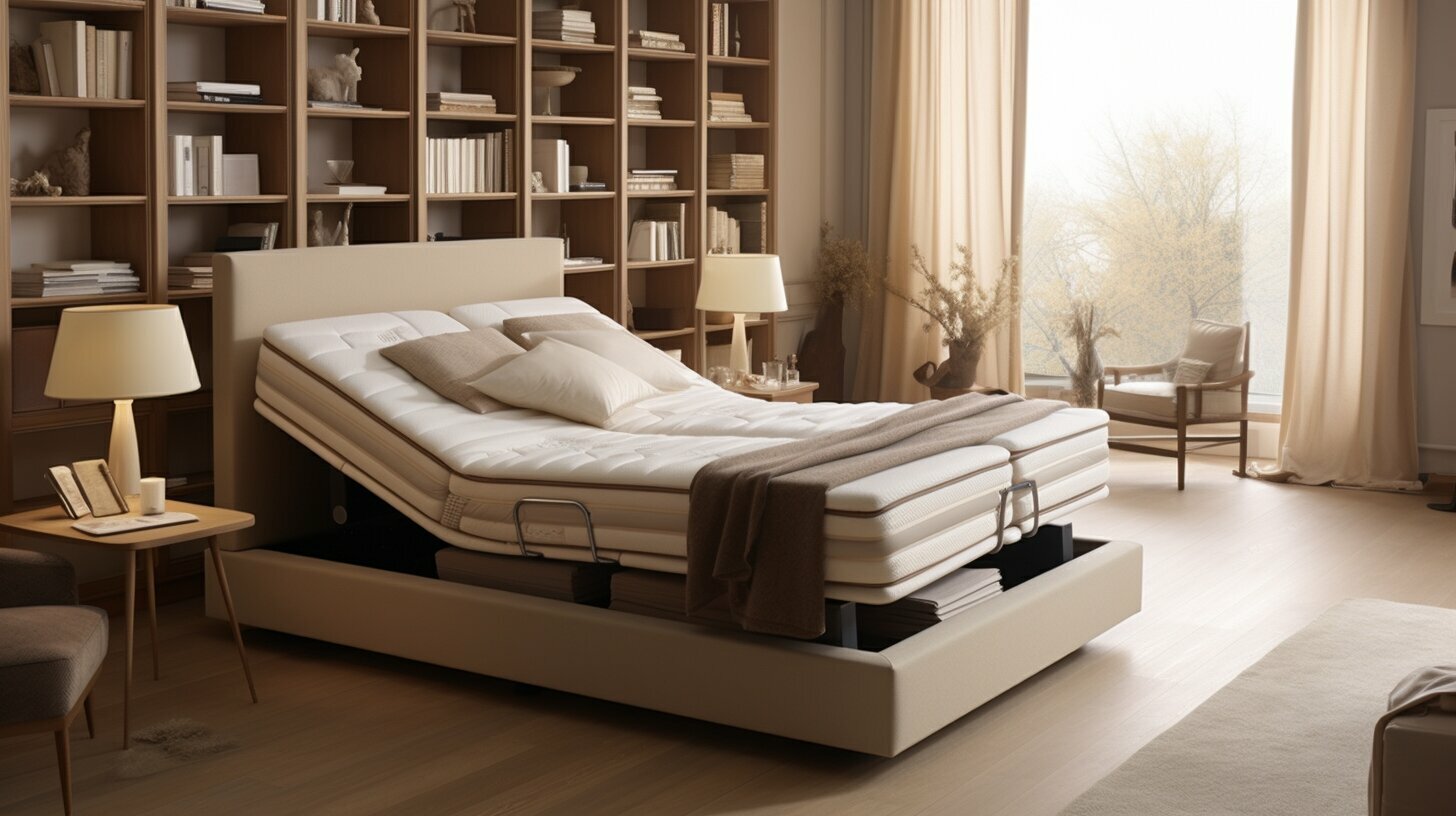Fashion-Inspired Bedding Trends: Make Your Bed the Best-Dressed Piece in the Room
Looking to elevate your bedroom aesthetic? Explore the captivating world of fashion-inspired bedding trends, where luxury fabrics and couture-level details bring runway flair straight to your sleep space. This guide shows you how to blend bold design with everyday comfort, so your room looks curated and feels amazingly cozy.
What Is Fashion-Inspired Bedding?
Quick take: Fashion-inspired bedding applies runway ideas—color stories, textures, tailoring, and seasonal updates—to your bed. Think premium materials, pattern-forward designs, and polished layers that still feel livable.
Fashion-inspired bedding borrows from couture: precise “tailoring” like piping and flange edges, elevated materials, and coordinated palettes. You’ll see plush velvets, crisp percale, breezy linen, and silk-like finishes that feel indulgent yet practical. Done right, your bed becomes the visual anchor of the room—statement-making by day, restorative by night.
Key Takeaways: Fashion-Inspired Bedding Trends
- Fashion-inspired bedding trends turn your bed into a focal point with designer-level textures, prints, and finishing details.
- Seasonal refreshes keep things current: swap colors, weights, and accents the way you rotate a wardrobe.
- Material quality matters—choose breathable cotton, luxe linen, or silk-like blends that balance comfort and style.
- Layering is everything: sheets + coverlet/duvet + throws + pillows = depth and dimension without clutter.
- Favor mindful choices like organic bedding, sustainable bedding, and eco-conscious sheets to align style with values.
Top Benefits (Answer First)
Quick take: The payoffs are immediate—bold aesthetics, flexible seasonal styling, and better-feeling materials. Your sleep looks and feels elevated.
1) Statement-Making Aesthetic
Because your bed is the largest visual element in the room, fashion-driven styling creates instant impact. Use couture cues like contrast piping, matelassé textures, or oversized patterns to shift the entire mood from “nice” to “notable.” Build around a hero piece—perhaps a patterned duvet—then support it with calmer solids and tactile accents.
For a pro-approved approach to layering and styling, see Parachute Home’s step-by-step bed styling guide for practical, designer-like stacks and finishes (Parachute Home: How to Layer Your Bed).

2) Seasonal Flexibility
Quick take: Treat your bed like a wardrobe: rotate colors and weights with the season so your setup always feels current and comfortable.
Lean into jewel tones and heavier textures when temperatures drop; move to airy linen, pastel hues, and breathable weaves for spring and summer. Keep a small capsule of accents—shams, throws, and a coverlet—so you can refresh quickly. Seasonal trend roundups can spark ideas on color and texture pairings (see Better Homes & Gardens’ 2025 bedding trends for inspiration and moodboards: BHG: Bedding Trends 2025).

3) Elevated Material Quality
Quick take: Opt for comfort-forward fabrics that perform—breathable cotton, durable linen, and smooth sateen or silk-like blends.
High-quality sheets and covers improve sleep feel and durability. Cotton is versatile and breathable; linen offers long-lasting strength and a relaxed, lived-in look. Use expert-backed references to pick materials confidently—Sleep Foundation’s guides compare fabric types and care considerations (Sleep Foundation: Best Material for Bed Sheets; Sleep Foundation: Linen vs. Cotton).

How to Choose Fashion-Inspired Bedding (Without the Guesswork)
Start with a Designer Aesthetic
Quick take: Pick a design “muse” and let it guide prints, trims, and textures. Consistency keeps the look cohesive.
Love bold prints? Build a Versace-esque moment with baroque motifs and luminous accents. Prefer calm neutrals? Channel a minimal house with crisp geometry and natural textures. Translate your favorite fashion house into bedding choices, then echo those cues in shams, throws, and the bedskirt.
Use Trend Colors—Thoughtfully
Quick take: Color drives the mood. Use one dominant hue, one supporting color, and a grounding neutral.
For 2025, earthy terracotta, pistachio green, and soft blush pair well with cream or stone gray. If you’re color-curious, browse seasonal color stories to test a new palette in small doses—start with shams or a throw before upgrading your duvet (see BHG’s color ideas for modern palettes: BHG: Sheet Color Palettes).
Layer Textures for Depth
Quick take: Combine matte and lustrous finishes for a tailored-but-inviting bedscape.
Pair a crisp percale sheet with a smooth sateen duvet, then add a nubby knit throw. Mix quilting with sleek pillow covers to create dimension. If you want a formula, Parachute’s styling guides break down the exact stacks to copy at home (Parachute Home: Bed Styling).
Choose Materials with Care
Quick take: Materials affect temperature, durability, and feel—your fabric choice is the foundation.
Use breathable cotton for all-season reliability. Try linen for exceptional durability and that breezy, relaxed look that ages beautifully. If you sleep warm, seek cooling weaves; if you want a silkier hand, look to sateen finishes. For deeper research, consult Sleep Foundation’s material-by-material breakdown (Sleep Foundation: Best Bedding Guides).
Buyer’s Guide: Certifications & Mindful Choices
Answer First: Verify What Touches Your Skin
Quick take: Certifications help you distinguish marketing spin from meaningful standards.
Look for labels such as OEKO-TEX® STANDARD 100 (limited harmful substances), GOTS (organic cotton processing), and Fair Trade (ethical production). If you’re building a greener setup, prioritize organic bedding and sustainable bedding options that align with your values.
What to Check on the Product Page
Quick take: Read the fine print—fiber content, weave, care, and return policies shape day-to-day use.
- Fiber & Weave: Cotton percale is crisp and cool; sateen is smoother with a gentle sheen; linen is breathable and strong.
- Care: Check wash temperature and drying guidance to preserve hand-feel and color.
- Construction: Details like double-needle stitching, hidden zippers, and corner ties improve longevity.
- Fit: Confirm duvet and pillow sizing, pocket depth for fitted sheets, and shrinkage notes.
Style Playbook: Three Fashion-Forward Bedding Looks
1) Maximal Luxe
Quick take: Bold prints, rich color, and luminous accents for a runway-glam bed.
- Palette: Ebony, gold, and deep teal.
- Layers: Patterned duvet + velvet euro shams + quilted coverlet.
- Finish: Contrast piping, metallic trim, and tailored edges.
2) Quiet Minimal
Quick take: Calm neutrals, crisp tailoring, and breathable materials for an elevated, understated look.
- Palette: Stone, bone, and mushroom.
- Layers: Percale sheets + lightweight quilt + linen shams.
- Finish: Flange edges, slim piping, and tonal quilting.
3) Nature-Forward Modern
Quick take: Textural layers and grounded colors with eco-conscious sheets and mindful materials.
- Palette: Terracotta, pistachio, and wheat.
- Layers: Linen duvet + organic cotton percale + knit throw.
- Finish: Subtle embroidery, raw edges, and tactile weaves.
Best Options Compared
| Style Vibe | Design Cues | Best-Fit Materials |
|---|
| Maximal Luxe | Baroque prints, high contrast, polished trims | Sateen, silk blends, velvet accents |
| Quiet Minimal | Clean geometry, tonal palette, neat edges | Cotton percale, matelassé, oxford weave |
| Nature-Forward Modern | Warm earth tones, organic textures | Linen, organic cotton, stonewashed finishes |
Quick Answer
Fashion-inspired bedding trends translate runway thinking—materials, color stories, and tailoring—into layered, comfortable bedscapes. With smart fabrics and thoughtful styling, your bed can be both a design statement and your coziest place to unwind.
Ready to curate a signature look? Start with a palette, pick performance-first materials, and build tactile layers. For more material deep-dives and care tips, consult
Sleep Foundation’s bedding information hub.
Pro Layering Formula (Steal This)
Answer First: The 5-Layer Stack
Quick take: Follow this reliable order for a bed that looks styled and sleeps great.
- Fitted sheet (match pocket depth to mattress).
- Flat sheet (tuck with hospital corners for a hotel feel).
- Lightweight quilt or coverlet (adds texture and mid-layer warmth).
- Duvet/comforter (use corner ties to prevent shifting).
- Throw + pillows (edit to the room’s vibe; odd numbers photograph best).
Want stylist-tested walkthroughs? See how pros layer a bed step by step (Parachute Home: Layering Guide).
Care & Longevity Tips
Answer First: Small Habits, Big Payoff
Quick take: Gentle care preserves color, softness, and structure—so your investment lasts longer.
- Wash darks cool and lights warm; avoid over-drying to reduce wear.
- Rotate sets seasonally to spread use across pieces.
- Spot-clean trims and embroidery; zip duvets before washing.
- Air-dry linen when possible to maintain hand-feel and drape.
For material-specific guidance, compare fabric pros and cons before you buy (Sleep Foundation: Complete Sheets Guide).
Style Your Whole Room (Cozy Bed Quarters Favorites)
Round out your look with complementary choices across furniture and decor:

FAQ
- What defines fashion-inspired bedding?
- It’s bedding guided by runway aesthetics—coordinated palettes, purposeful textures, and refined construction—designed to be comfortable and visually striking.
- Is fashion-inspired bedding practical for everyday use?
- Yes. Choose breathable materials and durable finishes, then follow simple care habits. Cotton and linen are excellent everyday picks for comfort and longevity.
- Which materials feel most luxurious?
- Linen for breathable durability, cotton sateen for silky smoothness, and high-quality percale for crisp coolness. Match the weave to your temperature and texture preferences.
- How often should I refresh the look?
- Seasonally works well. Swap colors and a few accents—shams, throws, or a coverlet—to keep pace with trends while staying timeless.
Final Thoughts
Fashion-inspired bedding makes it easy to express your style without sacrificing comfort. Start with quality materials, layer with intention, and refresh seasonally. For more step-by-step bedroom ideas, explore Cozy Bed Quarters’ guides above—we’ve done the research so you can relax in style.
Related Reading



